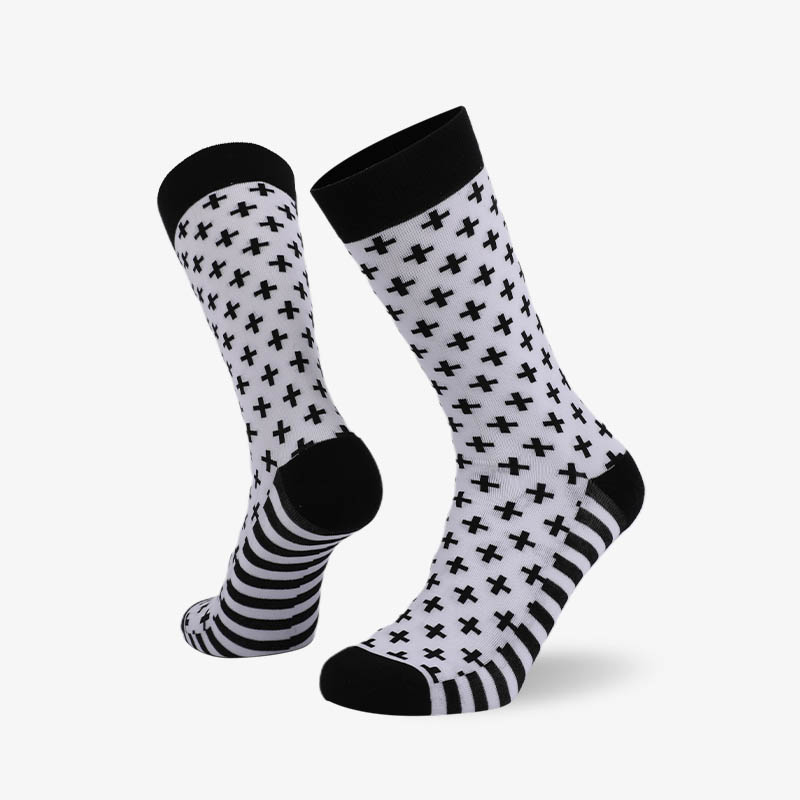

The main variety of nylon is aliphatic polyamide fiber, […]
The main variety of nylon is aliphatic polyamide fiber, which can be synthesized with a monomer, such as lactam or amino acid. At this time, the Arabic numerals after the nylon name indicate the number of carbon atoms of the lactam or amino acid used, such as nylon 6, nylon 11, etc.; it can also be synthesized with two monomers, namely a diamine and a diacid. At this time, in the two sets of Arabic numerals after the nylon name, the first group represents the number of carbon atoms of diamines, and the second group represents the number of carbon atoms of dibasic acids, such as nylon 66, nylon 610, nylon 1010, etc.
Generally speaking, nylon 66 feels better than nylon 6, and the comfort of nylon 66 is also better than nylon 6, but it is difficult to distinguish nylon 6 from nylon 66 on the surface.
Nylon 6 products have the characteristics of high strength, abrasion resistance, softness and mild skin touch. They are widely used in the fields of clothing, silk, umbrellas, fishnets, cords, BCF carpets and engineering plastics.

The degree of polymerization of nylon 6 is 140 to 200, and the degree of polymerization of nylon 66 is 55 to 77.
The molecular chain of nylon contains a large number of amide groups, which can form an attractive hydrogen bond with the amide groups of adjacent molecular chains. The chain segment-CH2-CH2- has excellent flexibility, and the molecular chain structure is relatively regular. Huge side groups, easy to form crystals when the molecular chain stretches, and its crystallinity is 50% ~ 60%. Nylon is made by melt spinning, and its shape under the microscope is similar to that of polyester. The cross section is round and the longitudinal direction is smooth and straight. The density is relatively small, about 1.14g/cm3.
The main properties of nylon
1. Hygroscopicity and dyeability
Nylon has good moisture absorption, and the moisture regain rate under standard atmospheric conditions is about 4.5%. It has good dyeing performance and can be dyed with disperse dyes, acid dyes and other dyes.
2. Mechanical properties
The strength of nylon is the highest among synthetic fibers, and it has good resilience. The elastic recovery rate at 10% elongation is more than 90%. The initial modulus is low and it is easy to deform under a small load. The resistance to embarrassment is the best, about 10 times that of cotton, 20 times that of wool, and 140 times that of viscose in wet conditions.
3. Thermal properties
The glass transition temperature of nylon is relatively low, 45~60°C, the melting point of nylon 6 is 210~215°C, the decomposition point is 300°C, and the melting point of nylon 66 is 255°C. Polyamide has poor heat resistance and shrinks when exposed to heat. Its boiling water shrinkage rate is as high as about 11.5%. If it is kept at a high temperature of 150°C for 50 hours, the fiber will turn yellow and lose its use value.
4. Chemical properties
Nylon is alkali-resistant and not acid-resistant. Treated with 10% caustic soda solution at 95°C for 16 hours, the strength is basically not lost. It will dissolve in various concentrated acids. 59% sulfuric acid, hot formic acid and acetic acid can dissolve nylon, and 15% and 20% hydrochloric acid can dissolve nylon 6 and nylon 66, respectively.
5. Optical properties
Nylon has poor light resistance and will turn yellow and brittle if exposed to sunlight for a long time.
The use of nylon
Nylon is mainly filament, and a small amount of short fiber is mainly used for blending with wool, cotton or other chemical fibers to improve the strength and wear resistance of the fabric. Part of the nylon filament is used for silk, gauze, lace, etc., and most of it is processed into stretch yarn. Socks, nylon shirts, gloves, etc. made from it are strong and durable. Industrial nylon accounts for more than 40%. Because nylon has high strength, fatigue resistance, strong impact resistance, and good affinity with rubber, it is suitable for making tire cords for trucks and airplanes. It is used as a fishing net and has a longer life than cotton fishing nets. 4~5 times longer. In addition, it is also used for cables, parachutes, soft ladders, conveyor belts and nylon ropes.